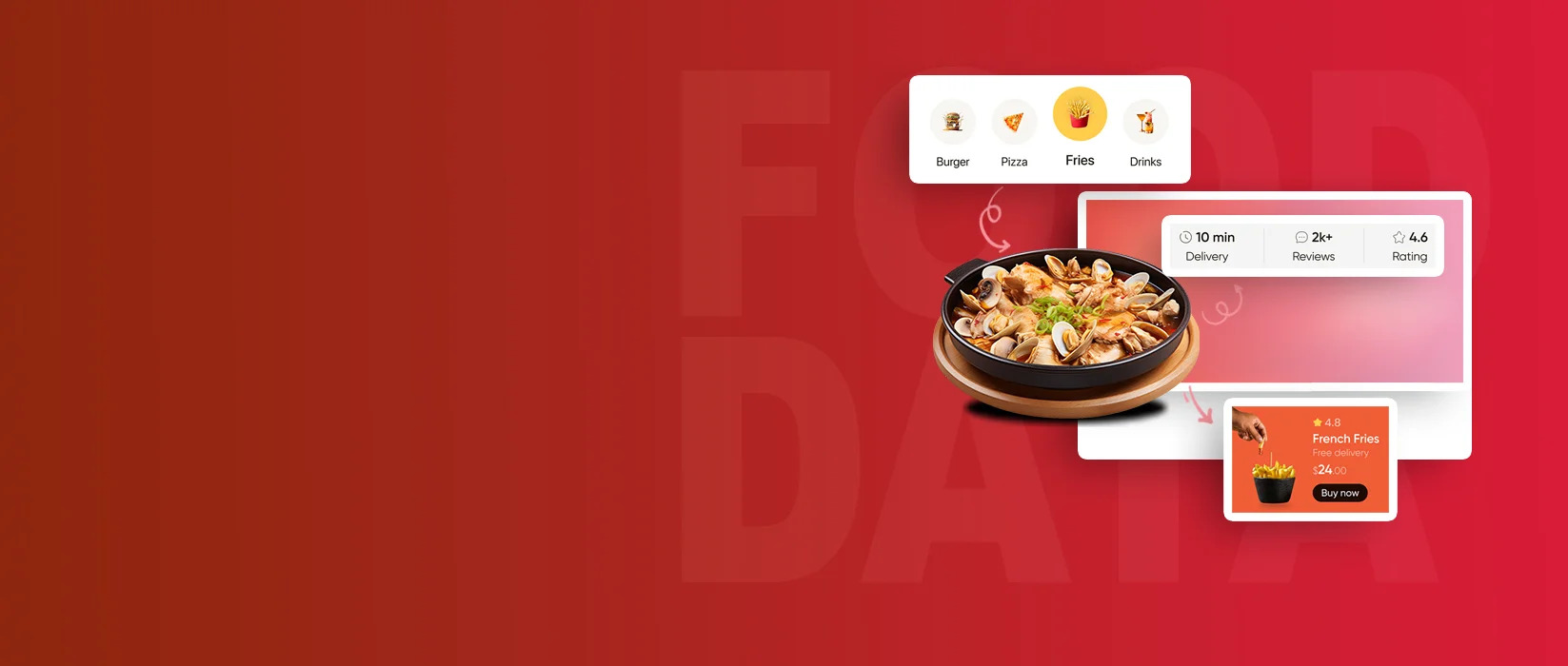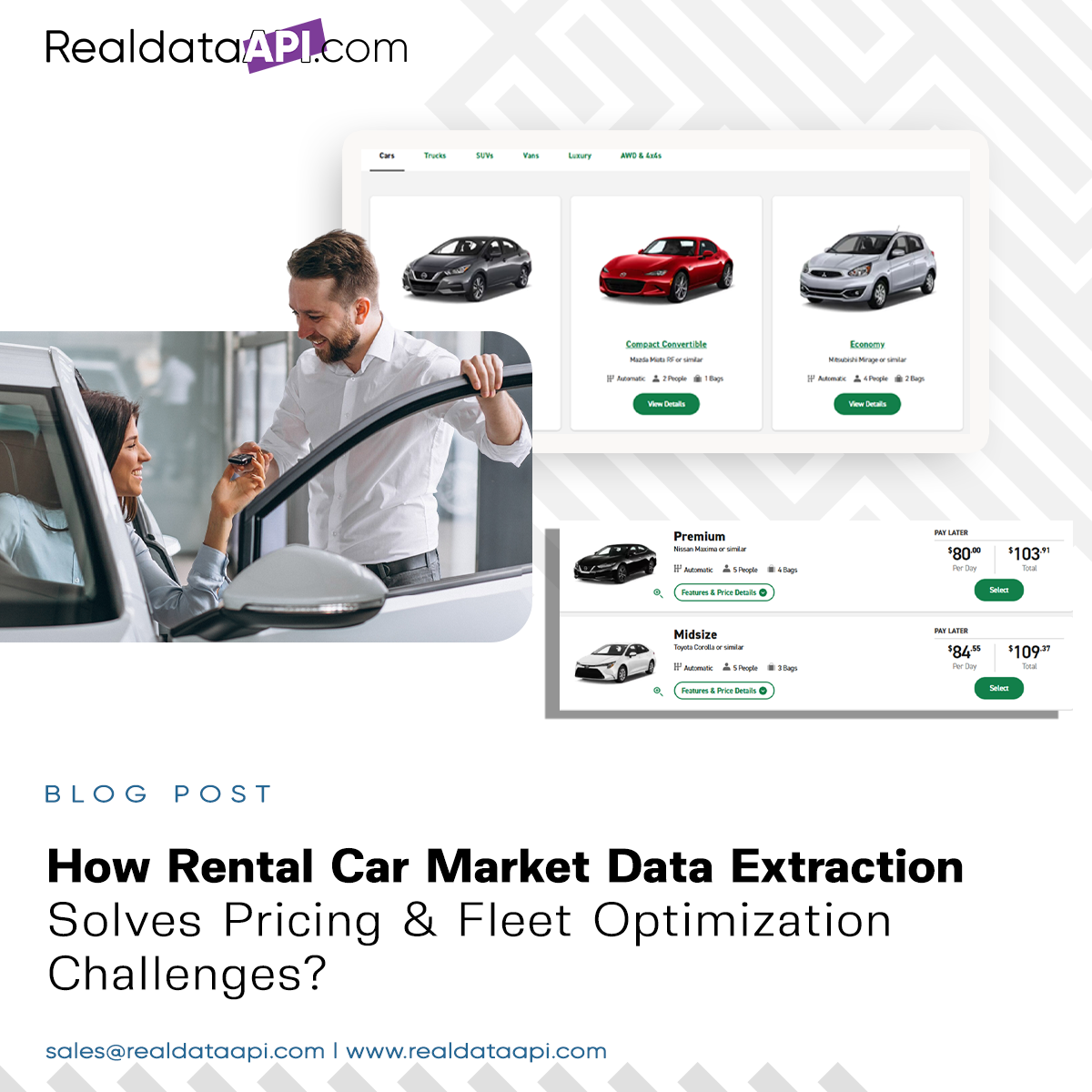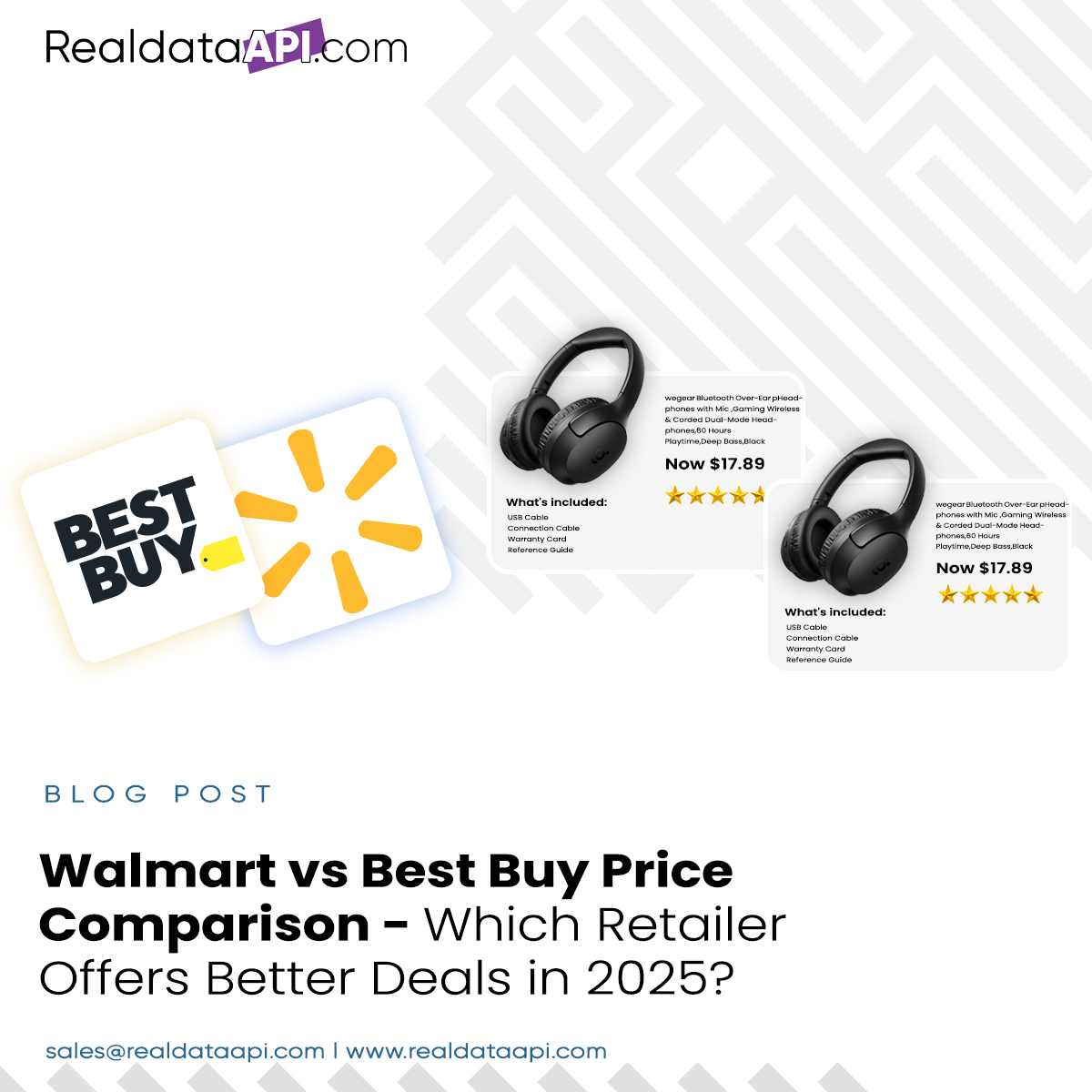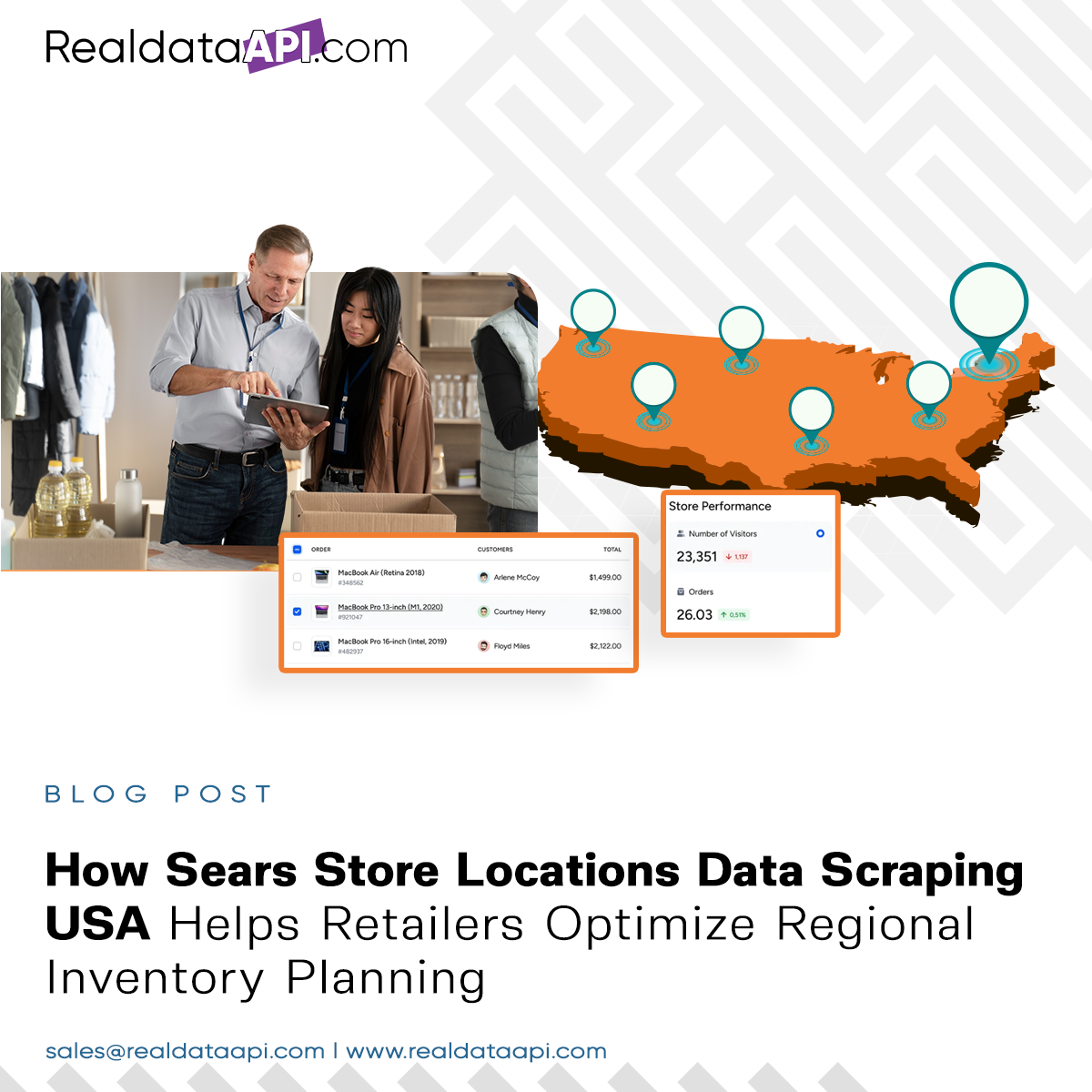Zomato Food Data Scraping - Extract Restaurant and Menu Data

Strong 8k brings an ultra-HD IPTV experience to your living room and your pocket.
Zomato is one of the world's largest food delivery and restaurant search platforms, built around a big repository of information related to restaurants, menus, reviews, and customer ratings across diversified regions. Businesses, researchers, and developers need this rich information to understand food trends, competitor analysis, and customer preferences. Data scraping on Zomato allows for extracting this valuable information efficiently, but there are key points to understand about the process and its applications.
Why Scrape Zomato Data?
Access to restaurant information and menu data on Zomato will serve many useful purposes:
Market Analysis: With this information, food businesses can do some useful market analysis, competitor analysis, and customer preference analyses.
Price Intelligence: Scraping menu data helps them track the change in prices, portion sizes, and other variables across competitors.
Customer Sentiment Analysis: The reviews and ratings on Zomato will be analyzed for sentiment to help businesses understand their customer satisfaction and complaints.
New Product Development: Menu trend analysis can help drive new menu item development based on what is hot and trending in which location. What Data Can Be Scraped? Common data that may be extracted includes: Restaurant Details: Name, address, contact information, type of cuisine, and hours of operation. Menu Information: Dish names, descriptions, prices, and dietary options. Ratings and Reviews: Customer reviews, ratings, and feedback of each restaurant or food choice. Photos and Media: Food images, atmosphere images, and other visuals. Web Scraping Process
Scrape Data from Zomato: There are a number of steps to take in this regard:
Choose Your Tool: Common choices for web scraping are Python libraries such as BeautifulSoup, Scrapy, or Selenium. If Zomato allows API access to the data you need, API-based scraping may be preferred.
Define Data Points: Determine which fields you want to collect such as restaurant name, menu items, price of every menu item, reviews, etc. Defining data points makes sure that your whole scraping process is streamlined and focused on collecting information.
Crawling of Web Pages and Extraction: The data can be crawled from the pages of Zomato using automated scripts. Scraping scripts follow the pattern of URLs to have systematic access to all sorts of different pages without actually browsing them manually.
Data Cleaning: Once the data gets scraped, it usually requires cleaning and structuring in order to make it useful. This would involve duplicate removal, hierarchical structuring of data, such as restaurant → menu → dish, and proper handling of missing values.
Data Storage: Clean data can then be stored in databases or spreadsheets for further analysis. Hence, querying and visualizing insights becomes quite easy.
Ethical and Legal Considerations
Quite often, Zomato's terms of service prohibit any kind of unauthorized data scraping just to protect their intellectual property and ensure the platform's reliability. Check the policies of Zomato before scraping. You also can use their API if available. More importantly, do consider ethical practices such as rate-limiting; that is very important in order not to overload their servers.
Scraped Data Applications
This can be used to gain insights from Zomato data for business strategy and research purposes, which would further help them in:
Competitor Profiling: Understanding the competitor pricing, dishes, and offers.
Optimize Marketing Strategy: Customer reviews and ratings to enhance brand positioning and service offerings.
Food Trend Mapping Across Geography: Popular dishes, emerging cuisines, and high-demand price points across specific areas.
Conclusion
Web scraping of food data from Zomato is a potent means of collating real-time restaurant and menu data for market research, competitive analysis, and tracking trends. This can show the way to smarter decision-making, better targeting of customers, and performing well in markets for every player in the food industry. It is always done with ethical and legal considerations in mind to ensure responsible usage of such data.
Note: IndiBlogHub features both user-submitted and editorial content. We do not verify third-party contributions. Read our Disclaimer and Privacy Policyfor details.







